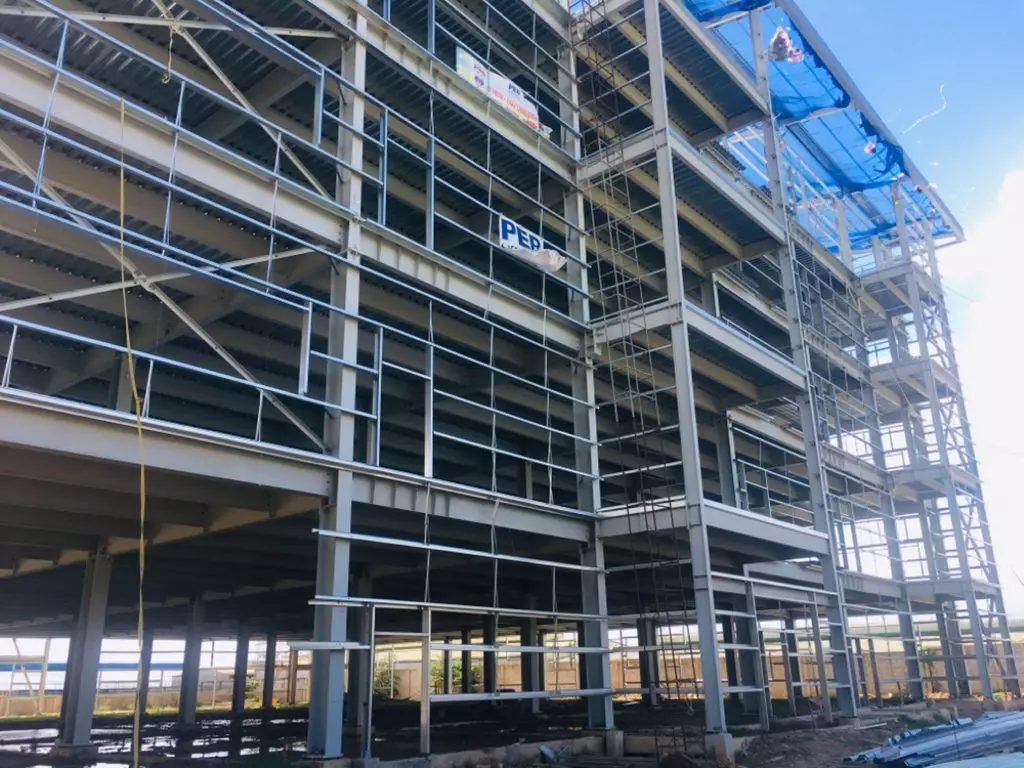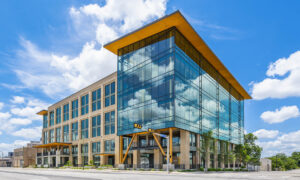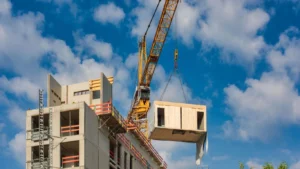
Concrete/steel housing structures remain the gold standard for high-rise apartments, urban condos, and commercial-residential hybrids in 2025, offering unmatched strength and longevity amid rising climate demands. These poured foundations, beam frameworks, and hybrid systems (concrete/steel construction) excel in multi-story durability, but sustainability upgrades like low-carbon mixes and recycled alloys are transforming the game. If you’re querying “concrete steel housing trends 2025” or “sustainable concrete steel builds,” this guide unpacks innovations, costs, and eco-strategies for forward-thinking projects.
Why Concrete/Steel Housing Structures Dominate in 2025
- Durability Edge: Withstand seismic events and hurricanes better than wood (up to 4-hour fire rating)
- Carbon Footprint Focus: Low-carbon concrete slashes emissions by 50%; recycled steel hits 90% recyclability
- Market Boom: Global demand for hybrid structures up 18% YoY, driven by urban density
- ROI Boost: Lower life-cycle costs – 30-50 year pavements vs. 20 for asphalt
Pro Tip: Search “concrete steel housing near me” for local LCA-certified suppliers – rebates for green hybrids can cut costs 15-20%.
Top Types of Concrete/Steel Housing Structures in 2025
Core Frameworks and Hybrids
| Type | Description | Best For | Pros | Cons |
|---|---|---|---|---|
| Reinforced Concrete | Poured slabs/beams with steel rebar for load-bearing | Mid-to-high-rise apartments | Thermal mass for passive cooling; 2244 kg CO₂/m² lifecycle (lower with green mixes) | Energy-intensive production; cracking in extremes |
| Steel-Framed | Bolted/welded I-beams and columns | Skyscrapers, lofts | 2051 kg CO₂/m² (recycled variants); 50% faster assembly | Higher upfront costs; thermal bridging without insulation |
| Hybrid (Concrete Core/Steel Perimeter) | Concrete shear walls with steel floors | Mixed-use towers | Lateral stability; integrates modular steel for 40% waste reduction | Complex connections; needs specialized labor |
| Precast Concrete Panels | Factory-molded sections with embedded steel | Affordable housing blocks | 2x faster on-site; self-healing variants extend life 20% | Transport limits; higher initial mold investment |
| Steel-Concrete Composite | Decked floors with concrete topping over steel | Sustainable retrofits | CO₂-absorbing mixes; fireproof up to 4 hours | Moisture sensitivity in joints |
Emerging Sustainable Variants
- Low-Carbon Concrete: Uses fly ash/SCMs – reduces emissions 50%, ideal for foundations
- Recycled Steel Modules: 90% reused content; perfect for prefab high-rises
- Self-Healing Concrete: Bacteria-embedded mixes repair cracks autonomously
- CO₂-Infused Hybrids: Carbon-cured blocks sequester emissions during production
2025 Concrete/Steel Housing Trends: Building Tougher and Greener
1. Decarbonization Drives
Traditional concrete/steel emits heavily in production, but 2025 sees carbon-negative concrete and electric arc furnaces for steel cutting footprints 40-60%. Over 20% of builds incorporate recycled/bio-based hybrids like hempcrete infills.
2. Modular and Prefab Integration
Steel modules bolt to concrete cores for 50% faster construction; vertical/horizontal connections evolve for seismic resilience. Expect 30% waste reduction in urban projects.
3. Resilience and Tech Upgrades
Impact-resistant hybrids with IoT-monitored rebar combat floods; green roofs on concrete decks boost biodiversity. Digital twins simulate 100-year lifecycles for net-zero certification.
4. Circular Economy Push
Reclaimed steel and crushed concrete aggregates promote reuse; deconstruction planning slashes landfill waste 30%.
Concrete/Steel vs. Other Housing Structures
| Aspect | Concrete/Steel | Wood-Framed | Mass Timber |
|---|---|---|---|
| Build Time | 4-8 months (prefab hybrids) | 3-6 months | 2-4 months |
| Cost per Sq Ft | $180-300 | $150-250 | $160-280 |
| CO₂ per m² | 2051-2244 kg (hybrids lower) | 500-1000 kg | Negative (sequesters) |
| Lifespan | 75-100+ years | 50-80 years | 60-90 years |
| Fire Resistance | Excellent (4+ hours) | Moderate | Good (char layer) |
Common Challenges in Concrete/Steel Housing Structures (And Solutions)
| Issue | Solution |
|---|---|
| High Embodied Carbon | Switch to SCM concrete or electric-furnace steel; LCA tools for offsets |
| Connection Failures | Bolted modular joints with shear keys; AI-optimized designs |
| Thermal Inefficiency | Insulate steel frames with aerogel; reflective concrete additives |
| Cost Overruns | Prefab off-site; incentives for LEED v5 compliance |
Where to Start with Concrete/Steel Housing in 2025 (Resources)
- Certified Suppliers: ACI.org for low-carbon concrete; AISC for recycled steel
- Prefab Providers: Doka or Peikko for hybrid systems ($250K+ starters)
- Design Tools: Autodesk Revit plugins for sustainable simulations
- Incentives: Check EPA.gov for carbon credit programs on green structures
FAQ About Concrete/Steel Housing Structures
Q: Are concrete/steel structures more sustainable than wood in 2025?
A: Hybrids yes – recycled variants emit less lifecycle CO₂ than virgin steel, with superior durability; wood sequesters but risks deforestation.
Q: What’s the carbon footprint of concrete vs. steel housing?
A: Concrete: 2244 kg CO₂/m²; Steel: 2051 kg – but low-carbon mixes equalize them.
Q: How to make concrete/steel builds climate-resilient?
A: Embed sensors for real-time monitoring; use permeable concrete for flood control – recoups in 5 years via insurance savings.
Concrete/steel housing structures in 2025 fuse timeless strength with green innovation, powering resilient cities from Shanghai towers to U.S. retrofits. Prioritize hybrids for a 40% emissions cut and 100-year legacy. Audit your project for modular potential – the future of durable living starts now.
Ready to construct? Partner with an ACI-certified engineer for your hybrid blueprint.
Tags: concrete steel housing, sustainable concrete, recycled steel construction, hybrid structures, green building materials, high-rise trends, carbon footprint reduction






